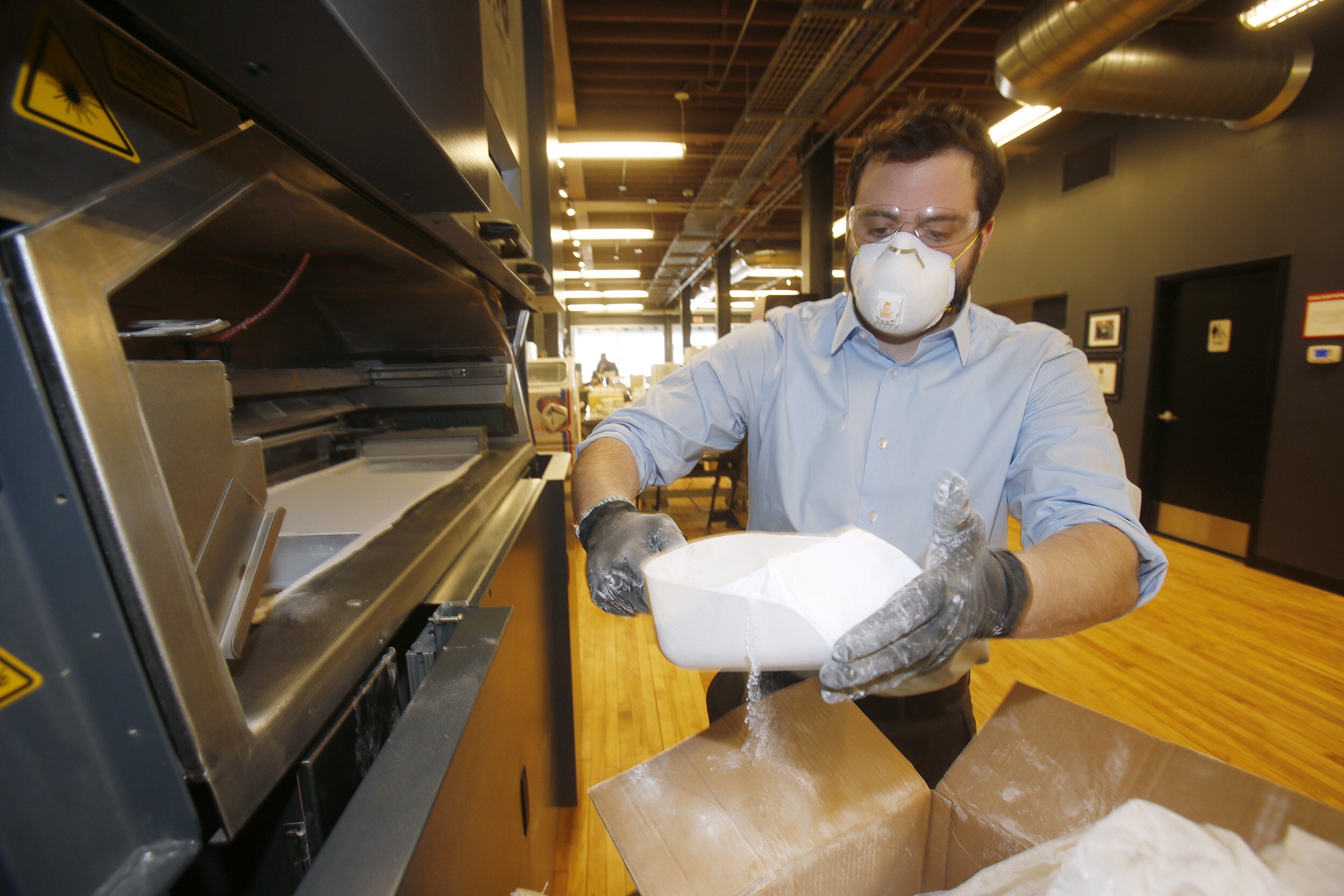Why 'dress to impress' is the career advice you should be following

Recent studies have found that 'dressing to impress' can positively change the way people perceive you.
Image: REUTERS/Eddie Keogh
Stay up to date:
Future of Work
It turns out "dress for success" is much more than just a catchy motto.
Recent studies have indicated that there is some value in dressing for the job you want, as noted by the Wall Street Journal last year.
Studies have shown that wearing nice clothes in the office can affect the way people perceive you, how confident you're feeling, and even how you're able to think abstractly.
In a study completed at Yale in 2014 that used 128 men between the ages of 18 and 32, researchers had participants partake in mock negotiations of buying and selling.
Those dressed poorly (in sweatpants and plastic sandals) averaged a theoretical profit of $680,000, while the group dressed in suits amassed an average profit of $2.1 million. The group dressed neutrally averaged a $1.58 million profit.
According to a co-author of the study, this shows that the poorly dressed participants would often defer to the suited ones, and these suited participants could sense this heightened respect, backing down less than they might have otherwise.
In another study, participants who dressed up were more likely to engage in abstract, big-picture thinking like a CEO, while those less well-dressed concerned themselves with minor details.
"People who wear that kind of clothing feel more powerful," Michael L. Slepian, co-author of the study and an adjunct assistant professor at Columbia Business School, told the WSJ. "When you feel more powerful, you don’t have to focus on the details."
How does this advice fit into your everyday style? In today's casual office dress code, dressing up can have an even bigger effect.
But make sure to follow the "plus or minus one" rule for company dress. For example, if most people in the office wear button-up shirts, you might want to put on a blazer. If most people wear blazers, you might want to wear a suit. And so on.
Don't miss any update on this topic
Create a free account and access your personalized content collection with our latest publications and analyses.
License and Republishing
World Economic Forum articles may be republished in accordance with the Creative Commons Attribution-NonCommercial-NoDerivatives 4.0 International Public License, and in accordance with our Terms of Use.
The views expressed in this article are those of the author alone and not the World Economic Forum.
Related topics:
Forum Stories newsletter
Bringing you weekly curated insights and analysis on the global issues that matter.
More on Jobs and the Future of WorkSee all
Mark Esposito and Ava Fitoussy
September 22, 2025
Tania Strauss and Beverley Postma
September 17, 2025
Sercan Esen
September 16, 2025
Metolo Foyet
September 16, 2025
Sapthagiri Chapalapalli
September 16, 2025




